Palm trees typically evoke images of tropical islands with white sandy beaches and turquoise blue water. However, palm trees grow in other places besides tropical islands; they can grow along streams in the desert, along Californian boulevards or as far north as New York City. Most palm trees die or become severely damaged when temperatures dip below freezing, but cold-hardy palm trees, such as the needle palm, can survive temperatures below zero in places such New York City and Vancouver, British Columbia.
Over 2,500 species of palm trees exist worldwide, with the majority occurring in tropical America and tropical Asia. The general distribution of palm trees is between 38 degrees north latitude and 37 degrees south latitude, which is as far north as Sacramento, California and as far south as Melbourne, Australia. Palms are mainly restricted to tropical and subtropical environments because their vegetative growth is continuous (not seasonal) and they lack dormancy mechanisms (like deciduous trees).
Of the eleven species native to North America, only one is native to western North America—the California fan palm. The California fan palm, also known as the desert palm, is also the largest native species with a height of up to 82 feet. The wax palm is the tallest palm worldwide at 200 feet. The smallest palm tree, the lady palm, attains a maximum height of 12 feet.
One aspect all palm trees have in common is their unique fronds, which can weigh upwards of 25 pounds apiece. Palm fronds are divided into two main categories: pinnate and palmate. Pinnate fronds look like a feather while palmate fronds look like a hand. There are a few exceptions with some fronds looking like fish tails or wheel spokes.
Palm trees are unique in how they grow. While a cottonwood tree starts as a spindly sapling and gradually grows in girth and height, a palm tree will attain its maximum girth before beginning a substantial height increase. In other words, a twelve-foot high California fan palm with have the same size base now as it will in fifty years–the only difference is that it will be taller.
The upward growth of a palm is seen in the leaf scars on the outside of its slender trunk. As the palm grows upwards the older fronds on the outside of the crown die and their leaf bases create the “bark” of the tree. In some species the dead fronds fall away, but in others, such as the California fan palm, they stay attached and conceal the trunk.
Between all the species of palm trees, a wide array of products is harvested. The most well-known is the coconut from the coconut palm. In addition to shredded coconut and coconut milk, coconuts produce a coconut oil that is used in the manufacture of synthetic rubber, cosmetics, vegetable shortening, margarine, perfumes, flavorings and soaps.
Carnauba wax harvested from carnauba palms is used in shoe polish, surfboard wax, dental floss and as a wax coating on candies. A wax-like substance is also harvested from the fronds of the wax palm and is used to make soap and candles. Other palm trees produce dates, betel nuts, acai berries and hard nuts (used to make palm oil). Sandals, baskets and roof thatching are among a few items made from palm fronds. Not only are palm trees economically important but they are a pleasure to look at.

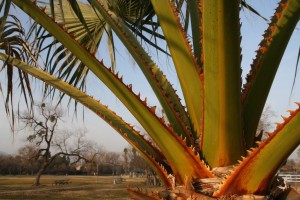

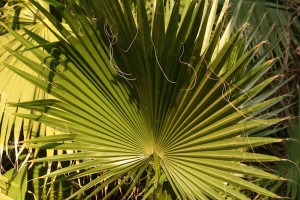
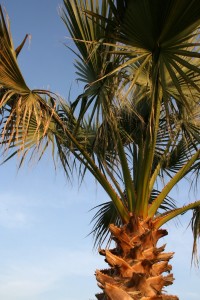
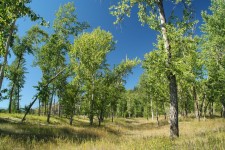
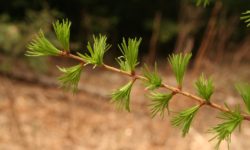
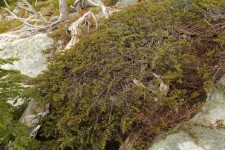
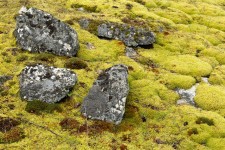
Who would have thought! So amazing to read and then I found this website haha. Too funny! I still prefer the beach though lol